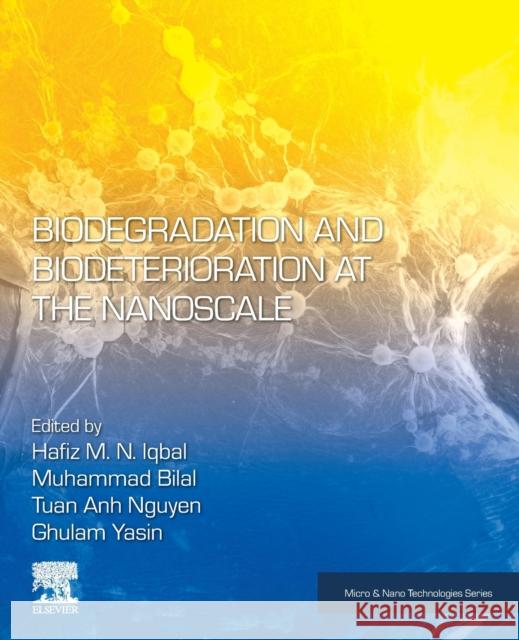Biodegradation and Biodeterioration at the Nanoscale » książka
topmenu
Biodegradation and Biodeterioration at the Nanoscale
ISBN-13: 9780128239704 / Angielski / Miękka / 2021 / 750 str.
Kategorie:
Kategorie BISAC:
Wydawca:
Elsevier
Seria wydawnicza:
Język:
Angielski
ISBN-13:
9780128239704
Rok wydania:
2021
Numer serii:
000361301
Ilość stron:
750
Waga:
1.26 kg
Wymiary:
23.5 x 19.05 x 3.81
Oprawa:
Miękka
Wolumenów:
01











